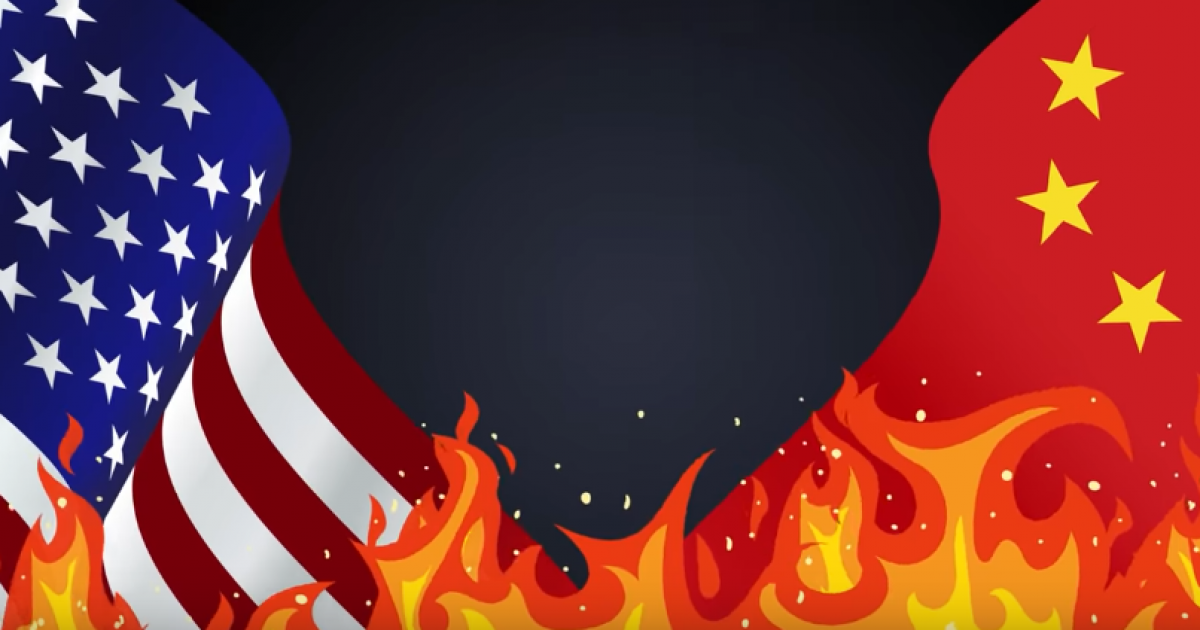
Speculation about a potential armed conflict between the U.S. and China has grown over the last decade as China has become a Great Power, which many people believe is on a quest to establish regional hegemony in Asia.
A recent clash between India and China in disputed territory in the Himalayan Mountains, has furthered talks about China’s ascendance and potential belligerence on the world stage. The last time China and India had such levels of tensions was during the Sino-Indian War of 1962. Since then, the countries have had chilly, yet stable relations.
Paleoconservative commentator Pat Buchanan wrote an interesting article earlier this month about a potential scuffle between the U.S. and China. He highlighted one interesting development that’s beginning to take off, namely the rekindled Quadrilateral Security Dialogue (Quad) efforts between U.S., Japan, Australia, and India to establish a geostrategic bloc to protect the Indo-Pacific corridor from potential Chinese hegemony. Secretary of State Mike Pompeo recently concluded meetings with leaders of these countries and it appears that this collective security arrangement will gradually crystallize into a formal alliance.
However, Buchanan is skeptical of having the U.S. blindly tie itself to Asian disputes. He argued that “We have no vital interest in where the Line of Control between the most populous nations on earth should lie that would justify U.S. military involvement with a world power like China.” He added, “And the idea that Japan, whose territorial quarrel with China is over the tiny Senkaku Islands in the East China Sea, thousands of miles away, would take sides in a Himalayan India-China conflict also seems ludicrous.”
Some of the more controversial moves China has made have been in regards to the suppression of the Hong Kong protests and the internment of ethnic Uighurs in the Xinjiang province. The latter has drawn international condemnation and is an integral part of Chinese Communist Party policy to suppress their identity and forcibly assimilate them.
Another point of contention between China and the U.S. has been disputed maritime claims in the South China Sea. Buchanan provided some context to some of this dispute:
Our rejection of China’s claims to virtually all of the reefs and atolls in the South China Sea is also being ignored. Beijing’s warnings grow louder and more pointed as the U.S. continues to send warships, the latest being the USS John McCain, close to islets claimed by China.
The paleoconservative commentator asked a number of valid questions: “What is our strategy here? Are we prepared for a naval and air clash in these waters? What would be the U.S. strategic goal?”
Tensions have increased in Taiwan as well now that the U.S. has sent leading officials to the island and has also approved weapons sales to what China treats as a rebellious province. Indeed, there are many flashpoints in a potential conflict with China.
Going back to the issue of the Quad, Buchanan is correct to mention that trying to turn this into an Asian NATO might not be very feasible. He observed that “the essence of NATO is Article V, where the U.S. commits itself to treat an attack on any one of some 30 nations as an attack on us.” He added, “Australia, Japan and the U.S. are not going to war with China over its border with India, or its ethnic concentration camps in Xinjiang, or its seizing Hong Kong and atolls in the South China Sea.”
Reasonable people can acknowledge that a conflict between China and the U.S. would be an unmitigated disaster. There are better alternatives such as allowing countries like Japan to fully re-militarize and form balancing coalitions with other countries in the region —South Korea, Japan, Australia, and India come to mind. These are all developed nations that can handle their own defense policies and coalesce against China if they feel that their interests are threatened.
The U.S. should not feel obligated to thrust itself into a conflict that could potentially go thermonuclear. The best option is balance and restraint.



